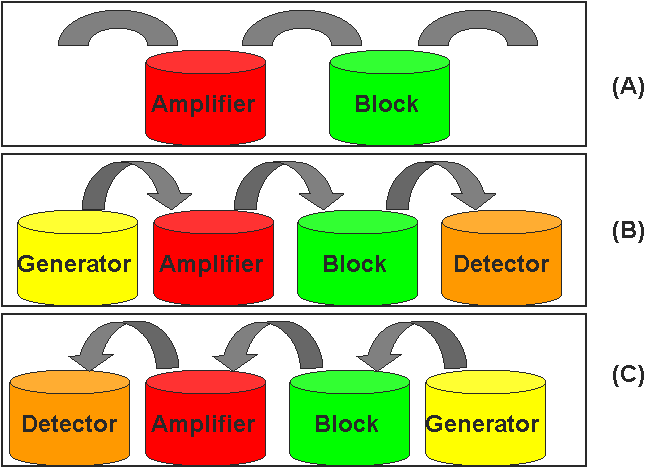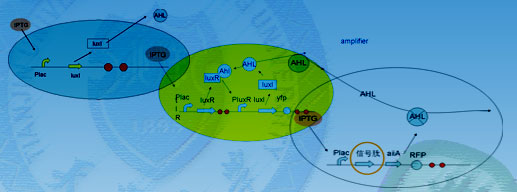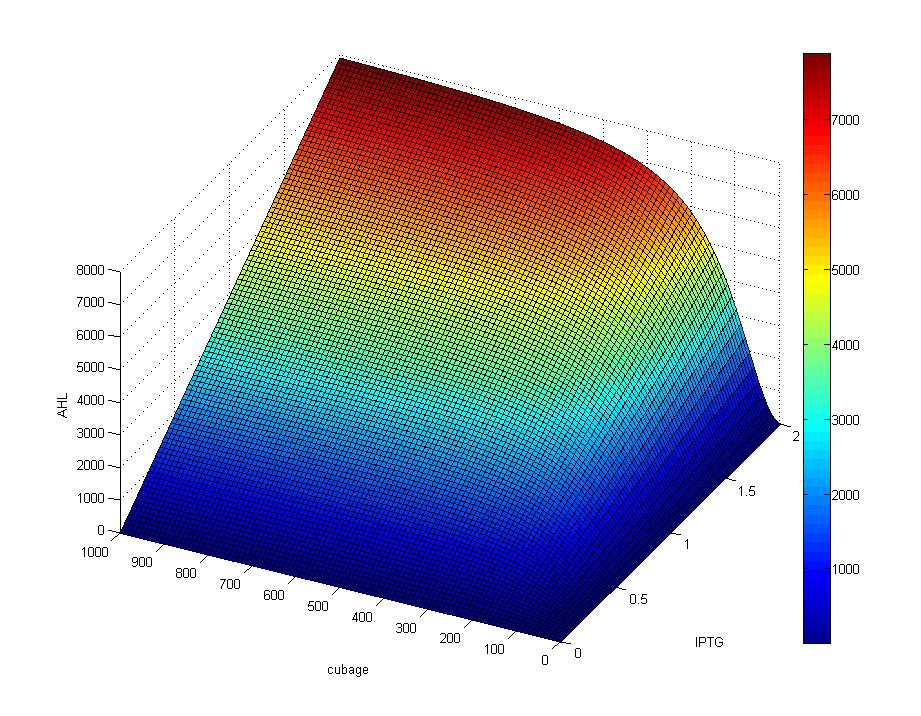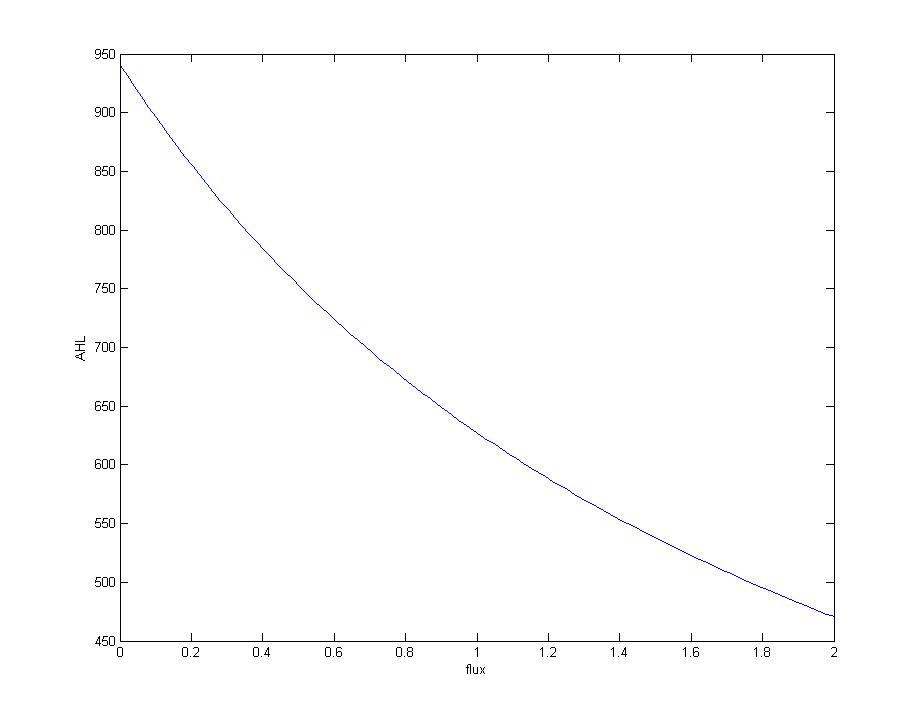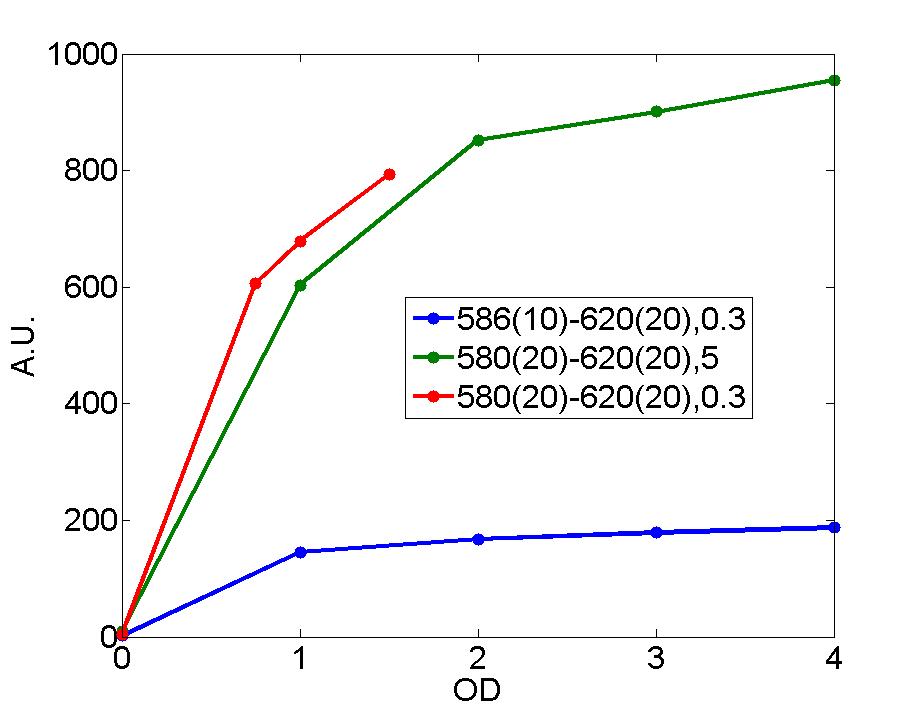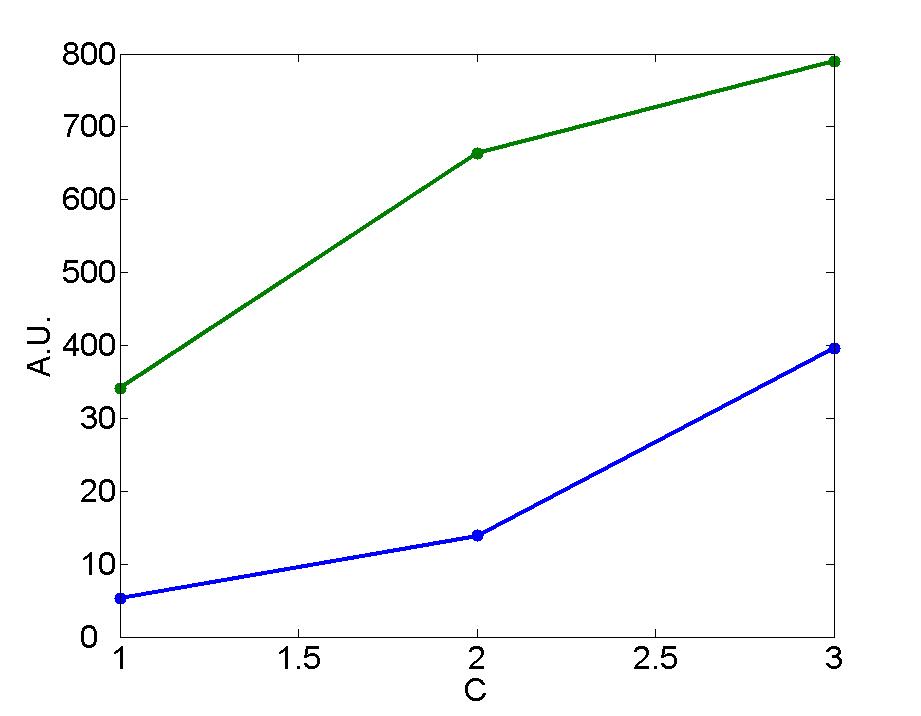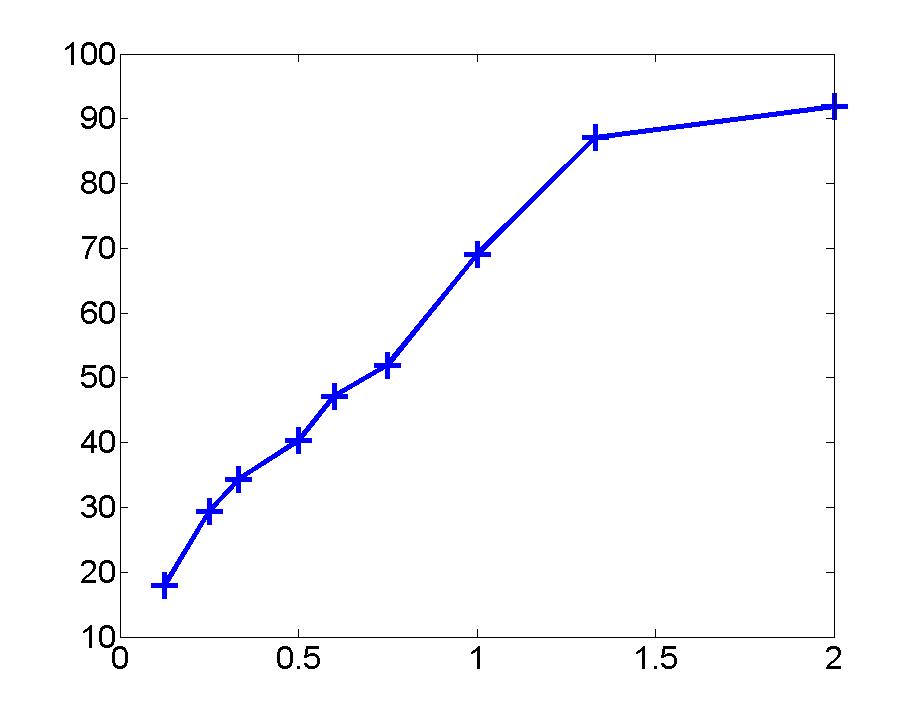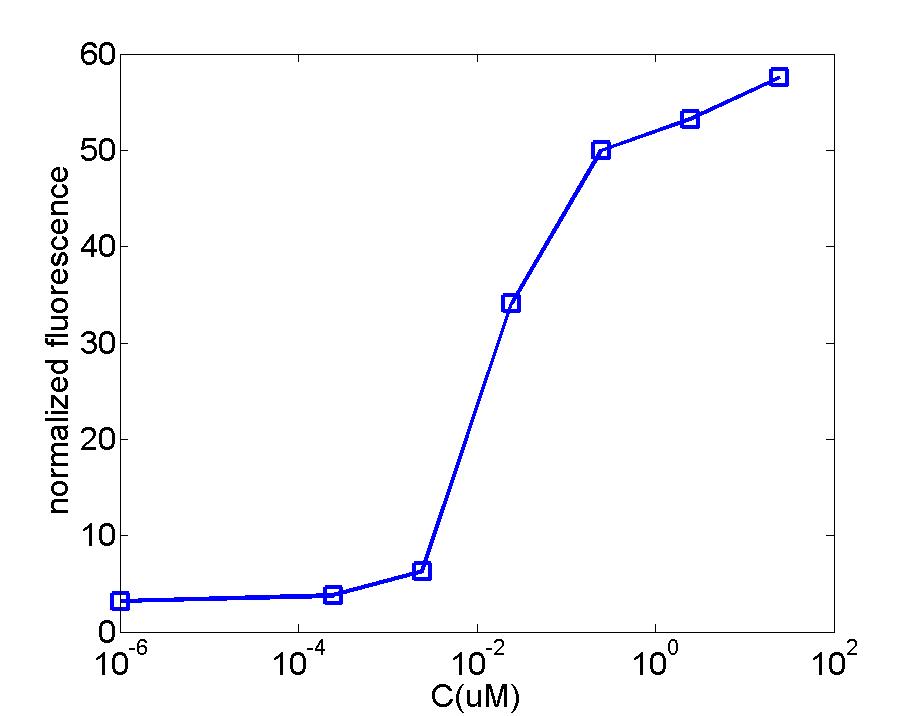Tianjin/DIODE
From 2007.igem.org
Lovecarrot (Talk | contribs) (→Model) |
Lovecarrot (Talk | contribs) (→Model) |
||
| Line 17: | Line 17: | ||
|width="960px" style="padding: 10px; background-color: #00FFFF" | | |width="960px" style="padding: 10px; background-color: #00FFFF" | | ||
==Model== | ==Model== | ||
| - | + | Figure 1: the production of AHL could be accelerated both by the addition of IPTG and increasement if living cells. | |
[[Image:4L1.jpg|500px]]<br> | [[Image:4L1.jpg|500px]]<br> | ||
| - | + | Figure 2: the concentration of AHL decreases nearly proportionally to the flux rate of liquid culture since the rate of AHL production maintains stable. | |
[[Image:4L2.jpg|500px]]<br> | [[Image:4L2.jpg|500px]]<br> | ||
| + | Figure 3: concentration of AHL increases expotentially during the first 40 minutes after the input of liquid culture, but keep constant from then on. | ||
| + | [[Image:4L.jpg|500px]]<br> | ||
==Experiment== | ==Experiment== | ||
Revision as of 08:42, 24 October 2007
DesignBio-diode: The diode, one of the most significant parts in the electric integrate circuit and electronic equipment, functions as allowing the current get through when the diode is positive-biased, and cut off while it is negative-biased. When the negative voltage increases to a threshold, the diode tends to be negatively broken down. In this project, the molecular signal AHL is considered as the current of electric circuit, the sources, amplifiers, blocks and lamps cells are constructed with the parts provided by MIT and then are equipped in series in order to achieve the cellular and molecular biological diode.
Reporter cell: this cell is designed to test the concentration of AHL signal. In this cell, LuxR gene under the control of tet promoter could produce LuxR protein which could activite the following Lux pR promoter when binding to a particular amount of AHL signal, thus GFP expressed to make this cell green within the view of a fluoresence microscope. The intensity of fluoresence could be measured by a fluoresence spectrophometer to test the concentration of AHL signal roughly. Amplifier cells: Also containing a LuxR protein producer together a AHL producer controlled by a Lux pR promoter, the amplifier cells could generate more AHL signal when it sensed the environmental AHL signal.
| |
ModelFigure 1: the production of AHL could be accelerated both by the addition of IPTG and increasement if living cells.
Experiment1.RFP fluorescence of the decter at different cell cencertration | |
ModelingWe use ODEs to simulate the system. Datas used in the model are based on the literature and would be adjusted to match the experimental results.In the model we assume that the flux through each pipeline is identical and the block maintains a stable state.
The simulation result is as follows: 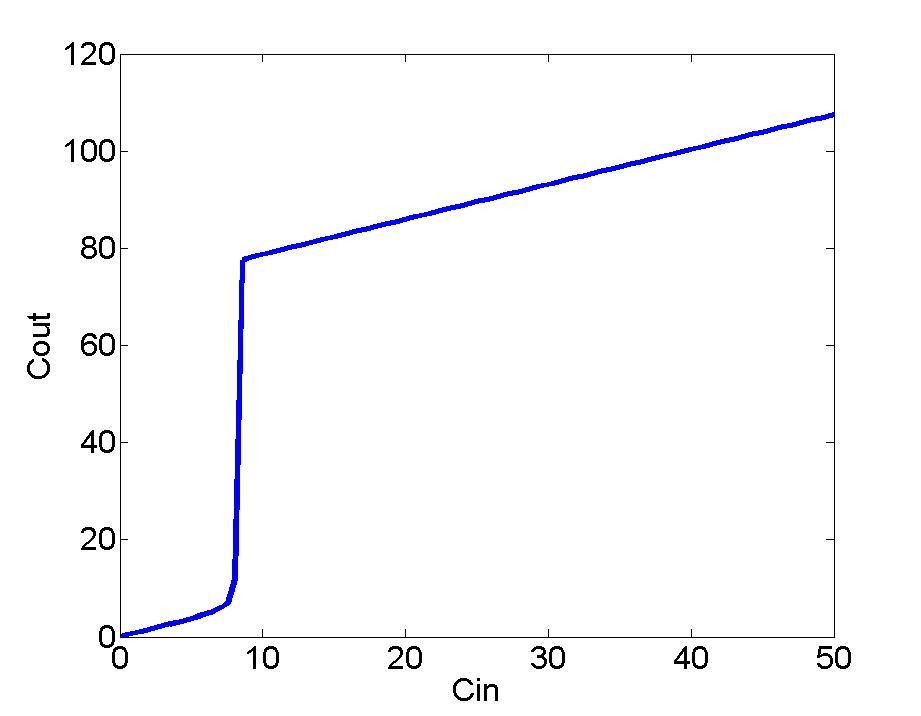 2.relation between the flux of the amplifier and the output concentration of the amplifier 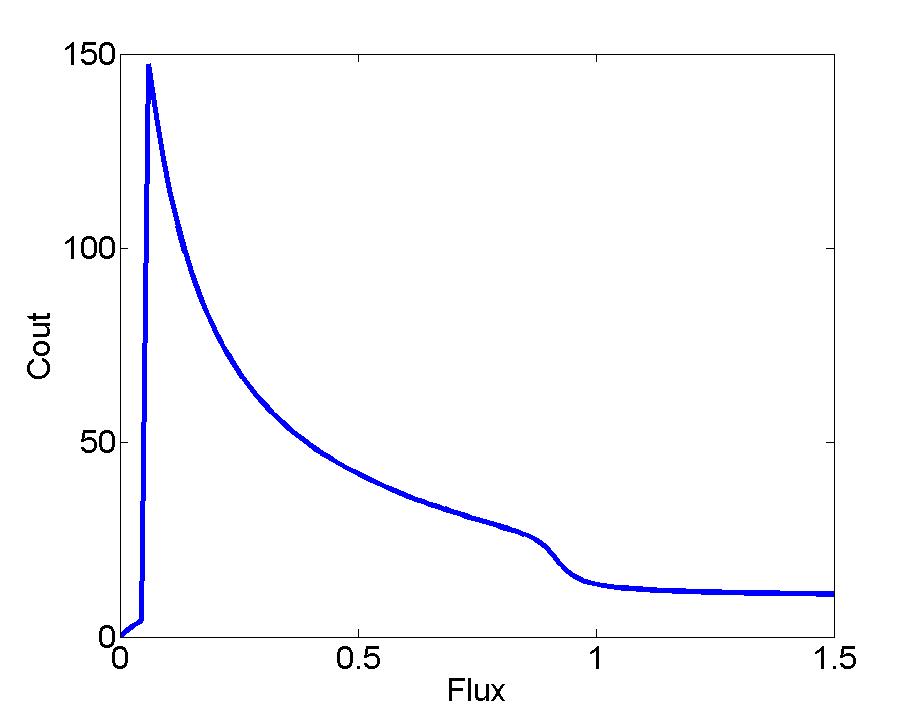
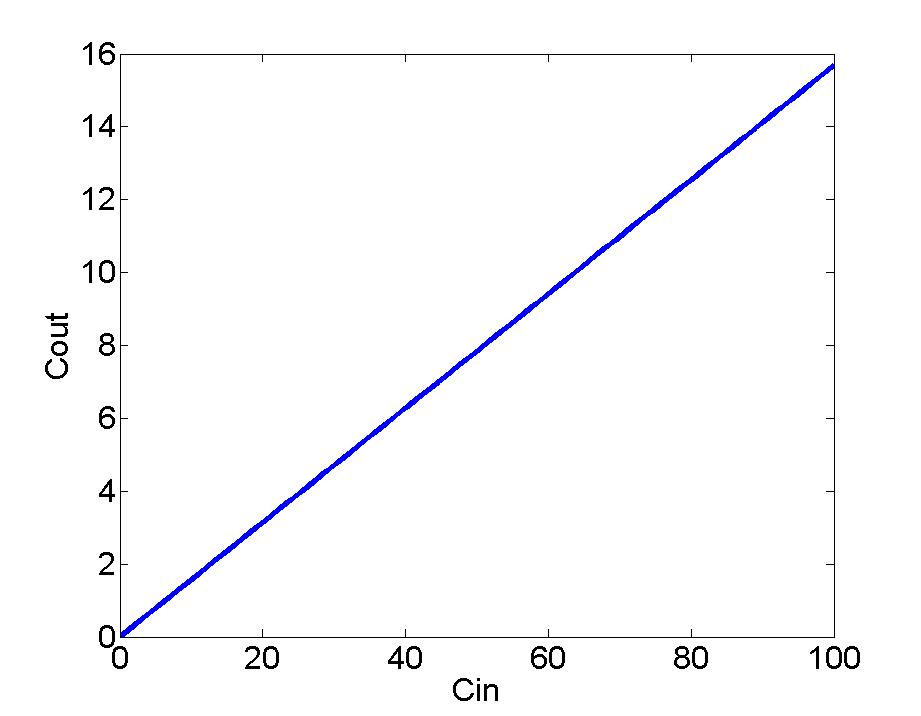 2.relation between the flux of the block and the output concentration of the block 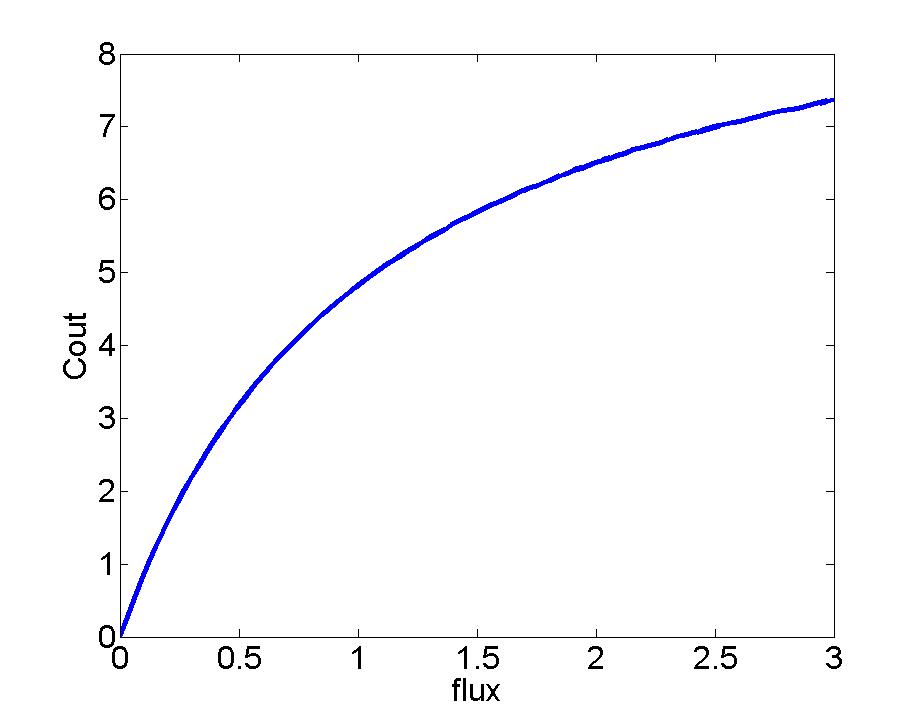 3.relation between the concentration of AIIA in the block and the output concentration of the block 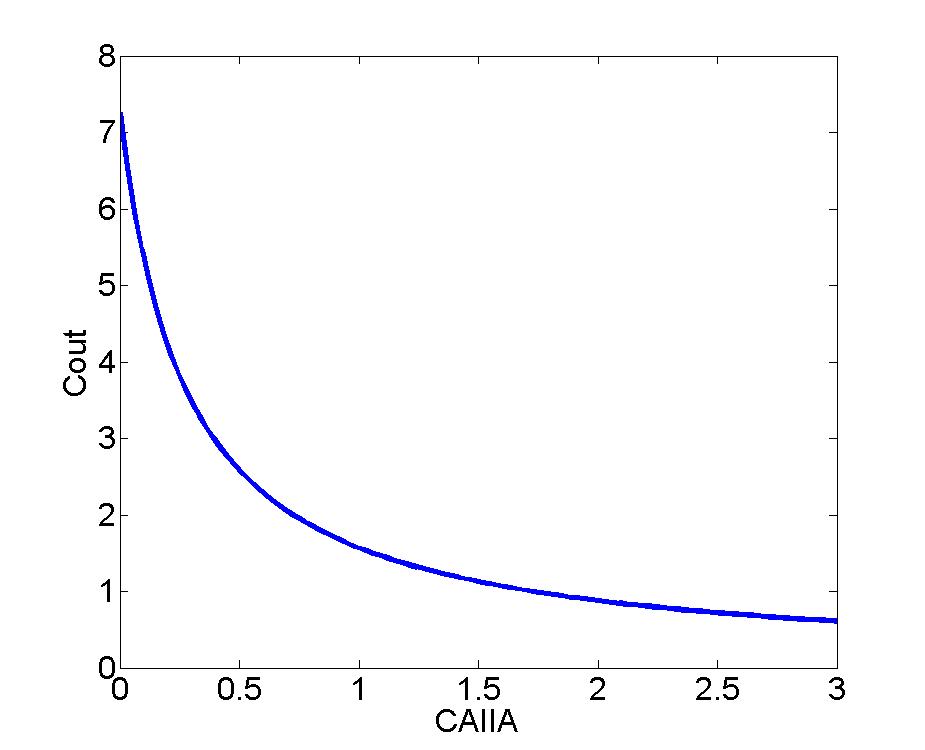 4.relation between the flux of the block and the output concentration of the block in different concentration of AIIA 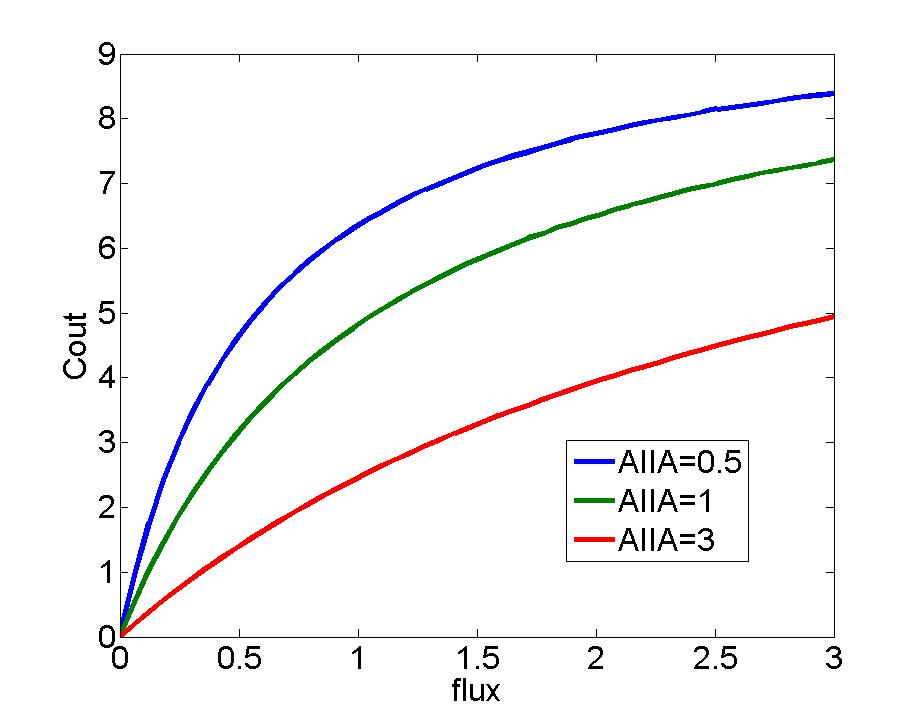
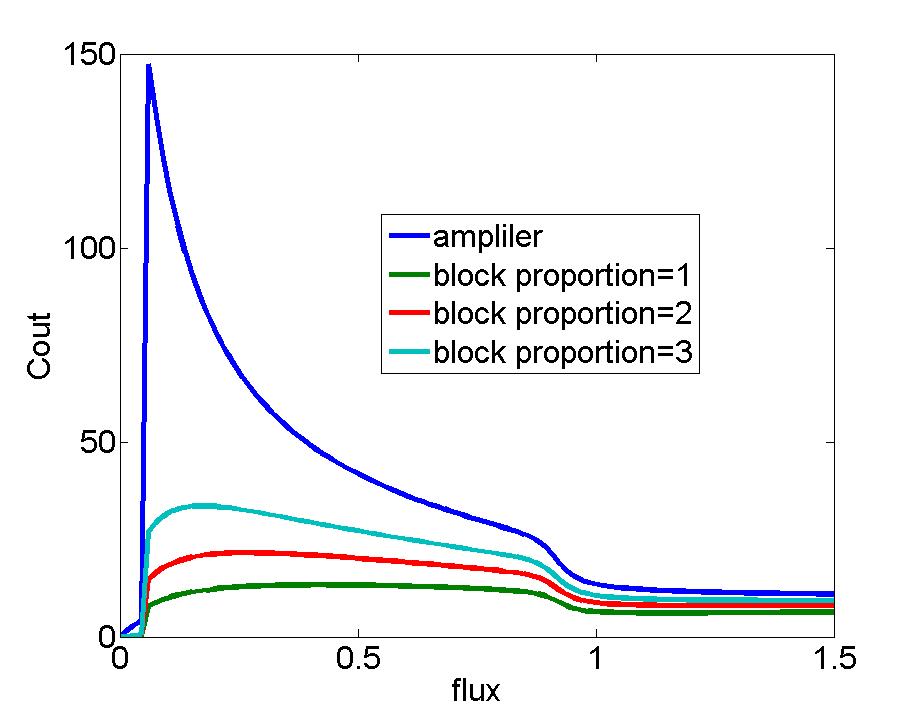 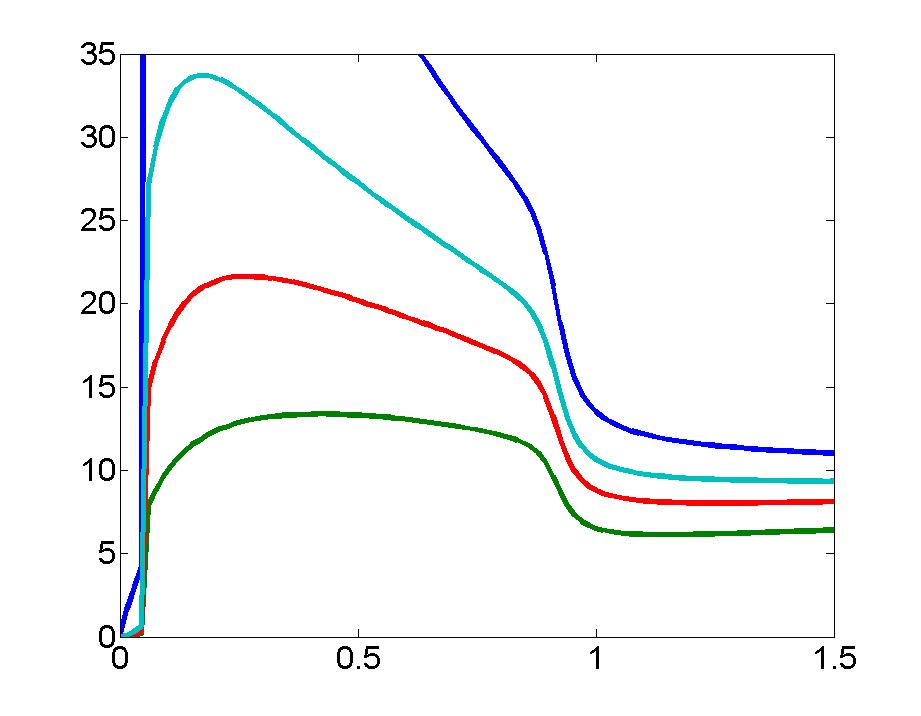
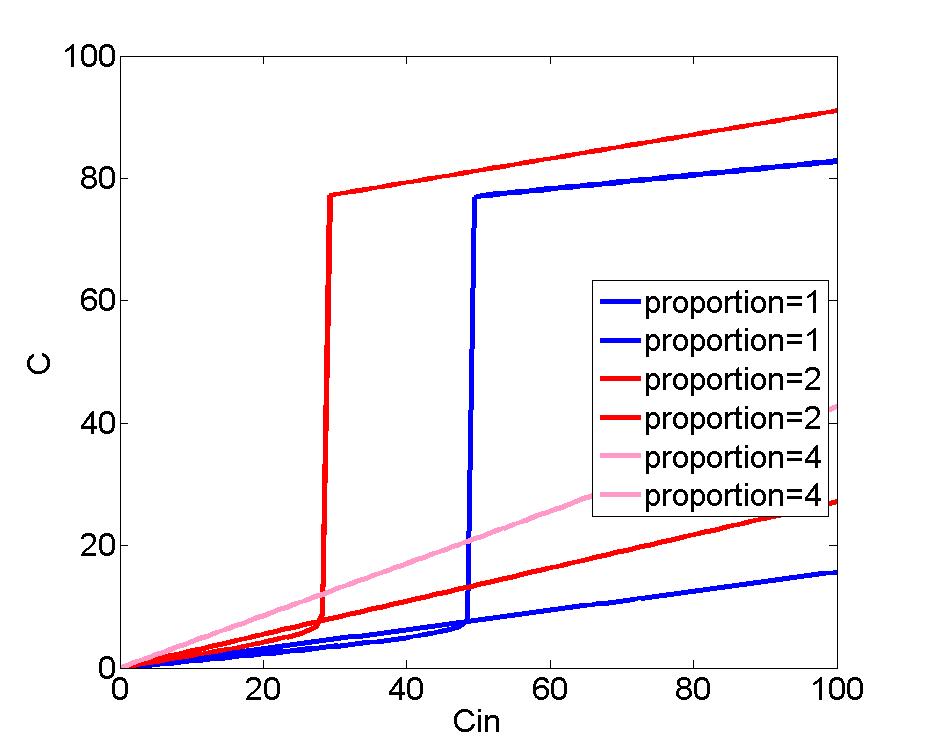 2.relation between the concentration and the input concentration at different concentration of AIIA.(the concentretion contains two curves,the amplifier(the output concentration) and the block) 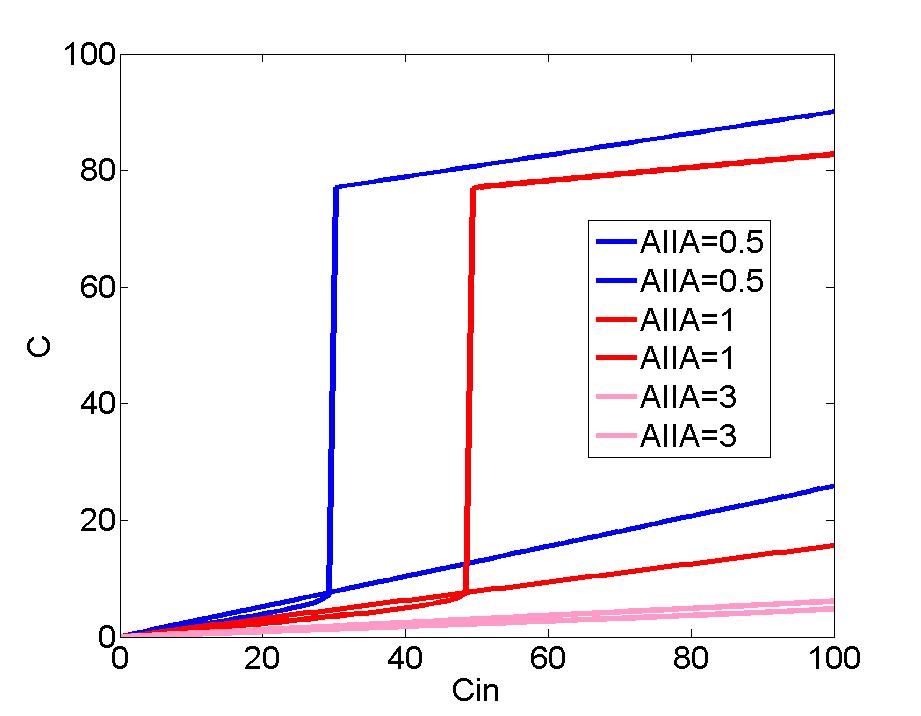 3.relation between the concentration and the input concentration at different flux.(the concentretion contains two curves,the amplifier(the output concentration) and the block) 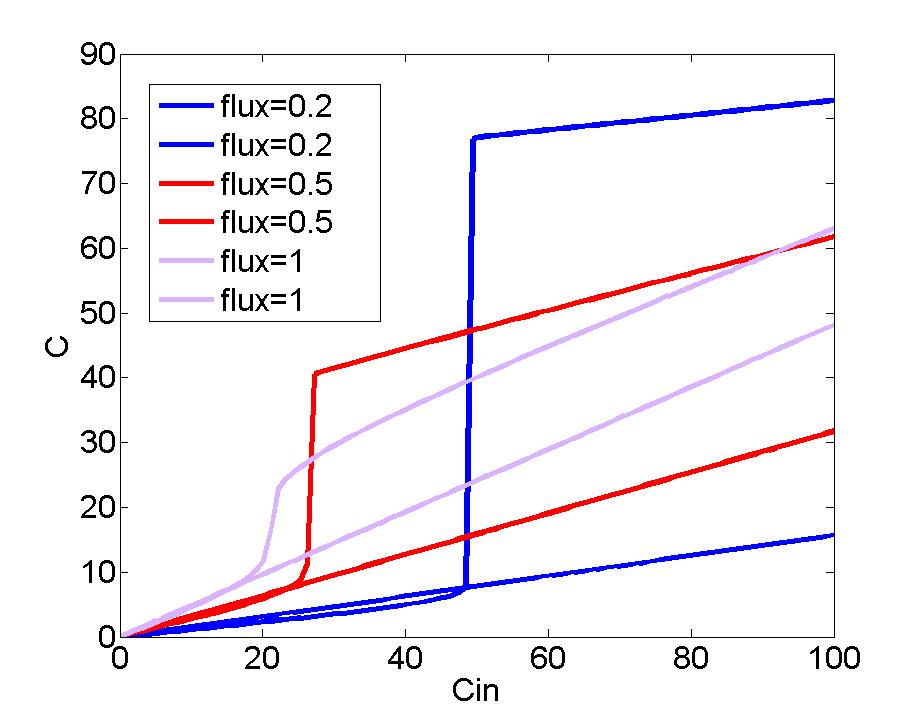
|
